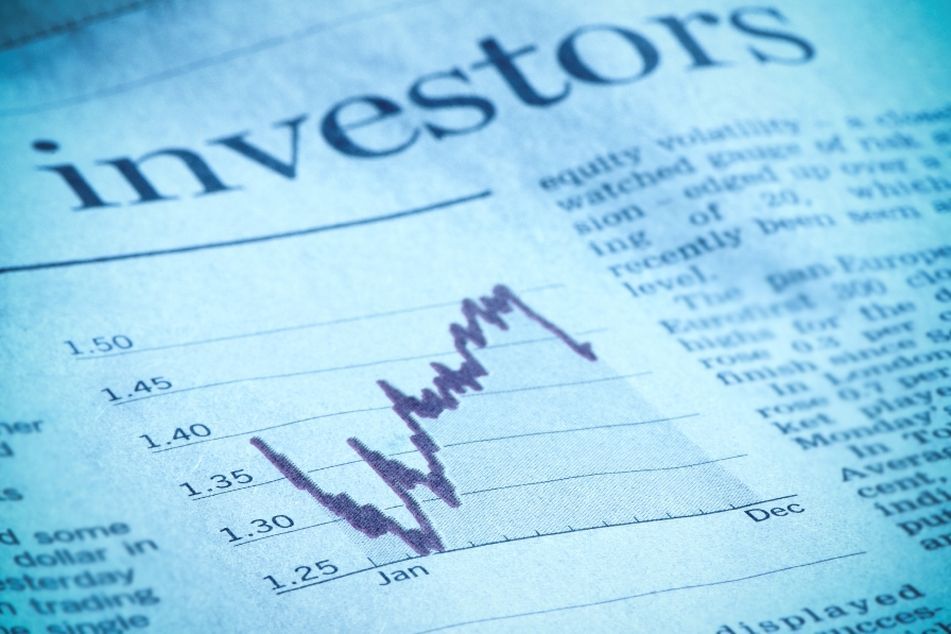S&P 500 stocks give advisers sinking feeling as ‘buy the dip’ stops paying out

It's not that there are fewer decreases in U.S. equities — it's that declines have gotten longer, averaging almost two days, and the rebounds are weakening.
You’re not imagining things: buying the dip really has stopped working in U.S. equities.
It’s not that there are fewer of them — 2015 has had more down days in the Standard & Poor’s 500 Index than any year since 2002. Rather, it’s that declines have gotten longer, averaging 1.9 days, and the rebounds are weakening. At 0.06%, the post-dip advance is the smallest in three years.
Easy money is getting harder to make in American equities, where Greece’s crisis and the withdrawal of Federal Reserve stimulus have squashed momentum after two years of straight-up gains. Weakening resilience has been a bad sign for investors in the past, when it often preceded broader selloffs.
“That you have this increased choppiness but failure to reach new highs is something that needs to be monitored,” said Alan Gayle, director of asset allocation in Atlanta at RidgeWorth Investments, which oversees $43.5 billion. “It could well be that these shorter-term traders are the canary in the coal mine. It could be signs of a top forming.”
The death of buy-the-dip comes in a year when investor pessimism is creeping up amid a flattening in the six-year-old bull market. While the S&P 500 jumped 64% from 2011 through 2014, it’s barely budged since, and clients have pulled more money from mutual funds and exchange-traded funds tracking U.S. shares than any time since at least 2000.
Futures on the S&P 500 expiring in September climbed 0.7% at 10:30 a.m. on Monday in London.
LOSING STREAKS
A simple strategy of purchasing the S&P 500 on days it fell generated some of its highest returns on record in 2013 and 2014, years when the duration of declines shrunk. Last year, the S&P 500 posted no retreats of more than three days, compared with an average of six annually in the previous five, data compiled by Bloomberg show.
Halfway into 2015, the market has endured four declines that went on for three days or more, and the number of single-day drops has ballooned. Since the start of January, the S&P 500 has fallen 69 times, surpassing any year at this point since 2002.
While losing streaks are getting longer, the magnitude of losses is decreasing. Declines have averaged 0.57% on down days this year, compared with 0.80% since 2009, data compiled by Bloomberg show.
POST-DIP RETURN
“To someone looking to time and make some fast money, I would say this is not a market you’d want to try,” said Curtis Holden, a senior investment officer in Houston at Tanglewood Wealth Management, which oversees about $850 million. “We’ve had as many down days as we had, but they’re not sharp selloffs where you really get the opportunity for buyers to be enthusiastic.”
Stock returns following losses are about half what they were in the last two years. Coincidentally or not, during the calendar years prior to the end of the last 13 bull markets, post-dip gains shrank in three of them and disappeared in seven, data compiled by Bloomberg show.
With advances and declines muted in 2015, the S&P 500 ended the first half up 0.2%, the smallest change, up or down, for any comparable period since 1927.
INVESTOR FRUSTRATION
Investors discouraged by the lack of big swings are likely to be more inclined to buy once a selloff starts, according to Cory Krebs, a fund manager who helps oversee about $850 million at CooksonPeirce Investment Management from Pittsburgh. U.S. stocks have gone almost 1,380 days without a 10% correction, the third-longest stretch ever.
“Frustration builds and maybe you don’t need a 10% selloff, and you only need an 8% selloff to have people jump,” Mr. Krebs said. “Volatility grinds to a fairly low level before we get hit out of the blue by something unexpected and the market rockets up.”
Several indicators show investors are turning more pessimistic. Speculators increased short positions in stocks to the highest level since the 2008 financial crisis in June, according to data compiled by the New York Stock Exchange.
In futures tracking the S&P 500, bearish contracts outnumber bullish ones by the most in three years, data from the Commodity Futures Trading Commission show.
After rallying more than 200% since March 2009, the S&P 500 is stuck in the tightest range in more than two decades, caught in a tug-of-war over whether the economy is strong enough to withstand the Fed’s increase in interest rates and bolster corporate profits.
EARNINGS PRESSURE
Google Inc., JPMorgan Chase & Co. and Intel Corp. are among 40 S&P 500 companies scheduled to announce results this week. U.S. earnings have been under pressure for nine months as falling oil prices crimped profit at energy providers and the dollar’s ascent curbed demand for American exports.
Analysts estimate profit for the entire index to drop 6.4% in the second quarter, the worst decline since 2009, according to data compiled by Bloomberg. For the full year, income will probably rise 1%.
“There is enough stuff out there to keep people on the sideline,” said Doug Foreman, who helps oversee $10 billion as chief investment officer at Kayne Anderson Rudnick Investment Management in Los Angeles. “The market itself is a bit tired after running a long way for a long time so that’s probably why you’re not getting the bounce.”
Learn more about reprints and licensing for this article.








